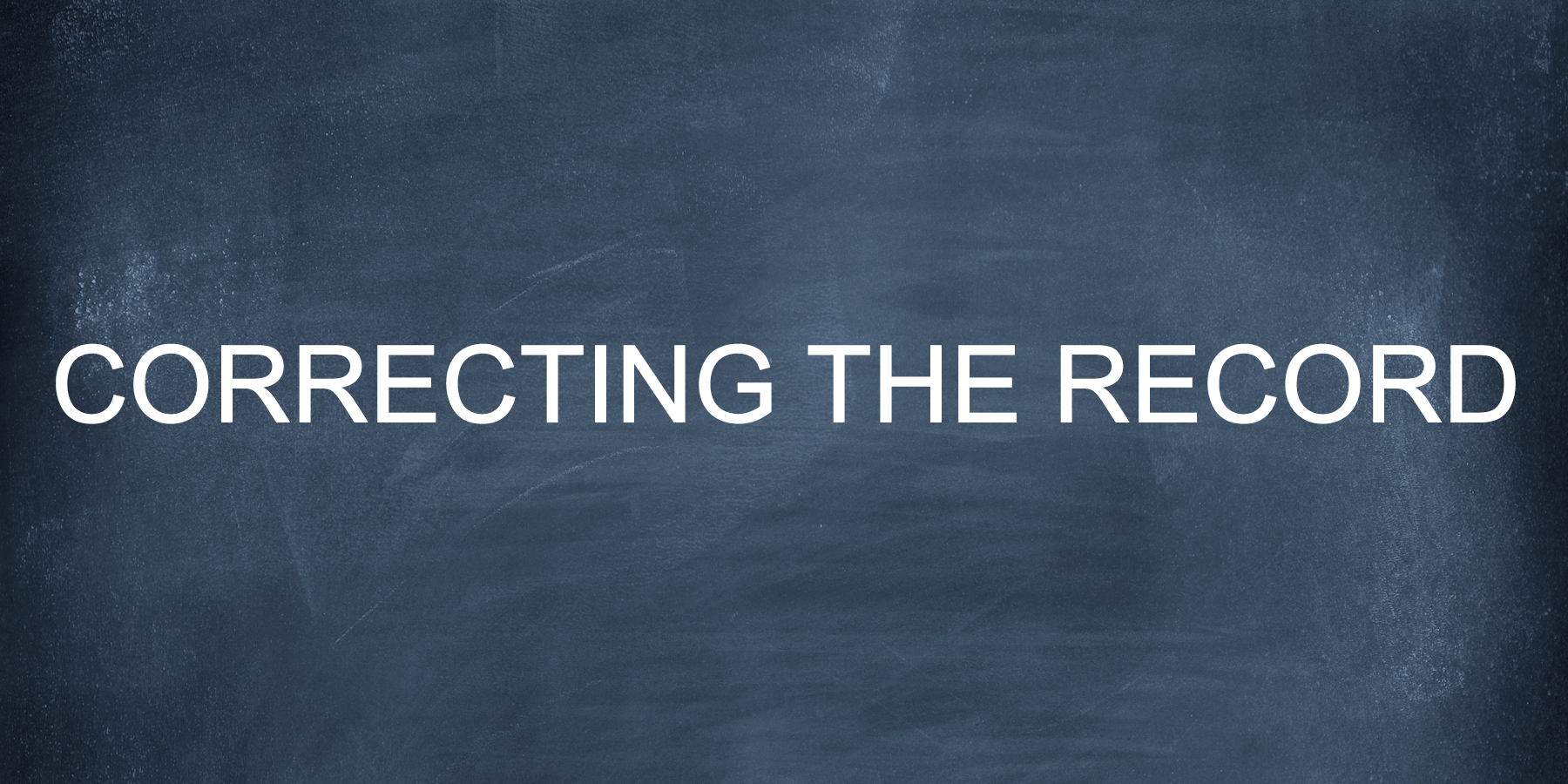Of Course Common Core Encourages the Use of Classic Literature

Common Core State Standards emphasize non-fiction reading. The standards stipulate about 70 percent of student reading should be comprised of informational texts. But that provision is spread across all subjects. So, for example, that 70 percent may be fulfilled by assigned reading in social studies, sciences and other classes—not only English language arts courses.
Yet, to hear some opponents tell it, the shift is removing classic literature from schools entirely. During an interview with the Detroit Today radio show, Dave Atkins, a high school teacher, says, “We read fewer novels, fewer short stories, fewer plays, fewer poems…They are being supplanted with informational texts.” Atkins suggests the change is intended to “teach to the test.”
Bridge Magazine reporter Chastity Pratt Dawsey echoes Atkins’ claim: “There are some teachers who say, look, you’re going to take imagination out of the classroom, you’re going to take creativity out of the classroom. And informative texts, they can get that in science class, and social studies and other classes.”
Accusations that states’ standards are squeezing out literature, Mike Petrilli explains, are “total baloney.” In fact, a PolitiFact analysis gave Dawsey’s claim a “False” rating. “Depending on how a school is organized, it would be possible for an English teacher to never touch an information text,” says Timothy Shanahan, a retired professor from the University of Illinois at Chicago.
In testimony before the Ohio House Education Committee, Mike Petrilli explained that the emphasis on non-fiction reading, spread across all subjects, asks “schools to bring back rigorous content in history, science, art, music and literature…They ensure that students read great works of literature and solid non-fiction sources too, like the nation’s founding documents.”
Importantly, the Common Core framework ensures state and local education officials have full control over the content taught in their schools. That ownership was further cemented by the Every Student Succeeds Act, which precludes the federal government from meddling in local education decisions.
That reality lays bare accusations – like that the Common Core requires schools to teach “soft-core porn” (!?!) – for what they are: wild accusations. The American Spectator reports the “Common Core structure not only diminishes the amount of literary study in ELA classrooms, its recommendations for what types of fiction should be read are weighted against the classics…In place of great British novels it suggests soft-core pornography.”
But materials teachers choose to use in their classrooms aren’t dictated by Common Core. Those decisions are made by local school boards and educators. Former Alabama Governor Bill Riley questioned who decided which textbooks his grandson would use. It turns out, the decision was made close to home, he explains:
“The decision about which books are read in Homewood schools is made by educators, parents and school officials in Homewood. If an Alabama parent or group of parents has an issue with a specific book in their local school, they do not have to lobby Washington for change. They don’t even have to call Montgomery. All they have to do is tell their concerns to the local school administration.”
“Lies, myths, exaggerations and hysteria about what the Common Core means and does have dominated the ‘debate’ and the real issues have been obscured,” former Education Secretary Bill Bennett wrote last year about misleading characterizations of the standards. “The issue of honest standards of learning for our children is too important to be buried in an avalanche of misinformation and demonization.”
Fortunately, most states have seen past the rhetoric and doubled down on rigorous, comparable education standards. Across the country, states continue to review and build on the Common Core framework, exactly as the standards are designed. Many have chosen a new name to reflect their ownership. That’s fine; the Common Core was always intended as a floor, not a ceiling, and all but one state—Oklahoma—continue to raise the bar for students.
A Harvard study this year concludes, “In short, the Common Core consortium has achieved one of its key policy objectives: the raising of state proficiency standards throughout much of the United States.”
Jim Cowen explains, “It’s time to stop fighting about the words ‘Common Core’ and move forward.” The Common Core has largely achieved its purpose – to create a high, consistent baseline for student achievement. Nearly every state has implemented rigorous standards and high-quality assessments, which is a huge win for parents – who strongly support those principles.
About the Collaborative for Student Success
At our core, we believe leaders at all levels have a role to play in ensuring success for K-12 students. From ensuring schools and teachers are equipped with the best materials to spotlighting the innovative and bold ways federal recovery dollars are being used to drive needed changes, the Collaborative for Student Success aims to inform and amplify policies making a difference for students and families.
To recover from the most disruptive event in the history of American public schools, states and districts are leveraging unprecedented resources to make sure classrooms are safe for learning, providing students and teachers with the high-quality instructional materials they deserve, and are rethinking how best to measure learning so supports are targeted where they’re needed most.

